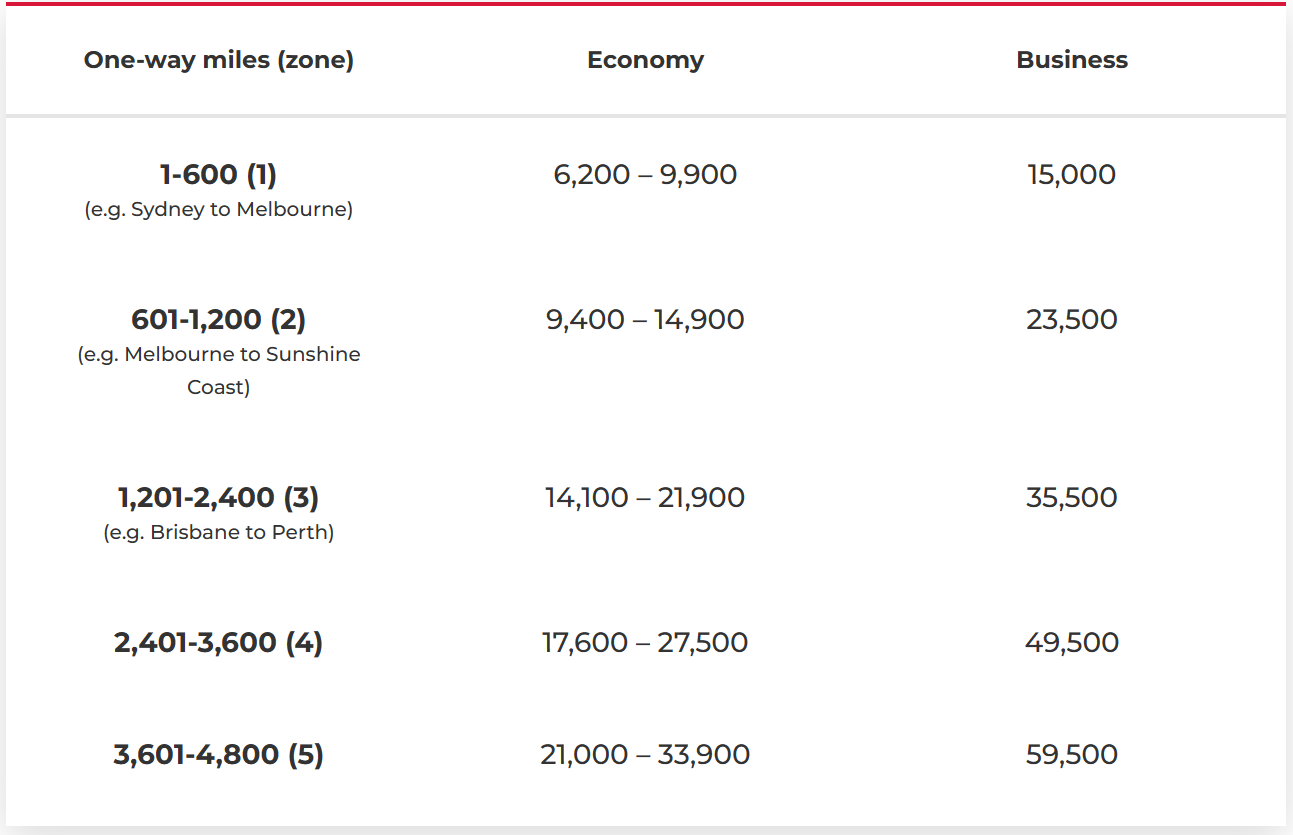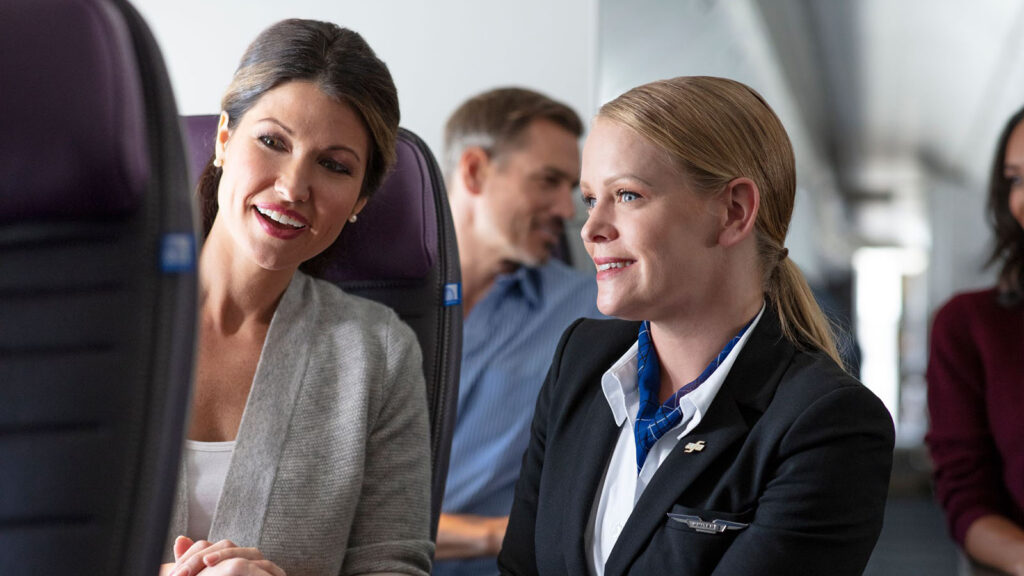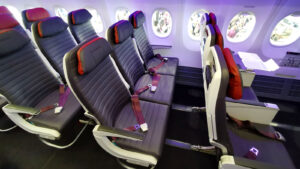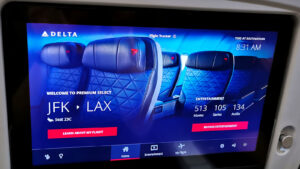If there are two words that some frequent flyers love to hate, it’s these: ‘dynamic pricing’. In short, it’s a fancy way of saying that travel providers – like airlines and hotel chains – can change the number of points needed for a reward booking at any time, without notice. But it’s not quite the same as booking an ‘any seat’ ticket.
Here’s what dynamic pricing means for your own balance of frequent flyer points. And of course, how you can use dynamic pricing to your advantage.
What is dynamic pricing?
When you book something like a flight or a hotel room using money, the cash cost often goes up and down. The price charged can change in line with supply and demand. But when it comes to spending frequent flyer points, that’s not always true.
Many frequent flyer programs rely on set reward seat pricing. That is, they charge a fixed number of points to book a classic reward flight using points. But some airlines take a slightly different approach. While they still decide when (and when not) to make reward seats available, the number of points you’re asked to pay can go up and down. That’s where dynamic pricing comes into play.
Under dynamic pricing, you might need to spend more points to fly on a busier day. Or at a more popular time, or on a more desirable flight. But by that same token, you may be able to land a comparable flight for fewer points if you’re willing to fly at an off-peak or quiet time.
But how does that vary from an ‘any seat’ booking, we hear you ask? With dynamic pricing, there’s often a minimum and maximum number of points you’d need to use. The number of points needed is also usually independent of the cash price of a ticket on the same flight. Even though a flight may generally require more points if fewer seats are remaining. Even so, the airline still needs to make a ‘reward seat’ available to book using those points – you can’t book every single seat on board.
In contrast, ‘any seat’ bookings allow you to spend points, literally, on any seat on the aircraft. You’re essentially just using your points to pay the equivalent of a purchased cash airfare.
Which reward programs use dynamic pricing?
In Australia, Velocity Frequent Flyer now uses dynamic pricing when spending points on domestic Economy flights. The number of points needed to book each journey falls within pre-defined ranges. Those ranges are influenced based on the distance of the flight, not the cash price of an equivalent ticket. Whether Velocity charges points at the highest (Tier 3), lowest (Tier 1) or middle (Tier 2) rate is also at the program’s discretion.

For instance, a one-way domestic Economy flight from Sydney to Melbourne could cost 7,800 Velocity Points one day. But the next, it could cost 9,900 or 6,200 points. Different flights on the same route on the same day may also be charged at different rates. Interestingly though, Velocity doesn’t use dynamic pricing when booking Business Class: only domestic Economy.
Some programs, like Singapore Airlines KrisFlyer, have two tiers of reward seats. But we don’t consider KrisFlyer as using dynamic pricing. Its main reward seat is the ‘Saver’ fare. Availability is tightly controlled, but whenever Saver is available, flights always adopt a single, pre-set price using miles. The other option, ‘Advantage’, is a specific but distinct type of reward seat. You choose to trade more miles in return for greater reward seat availability and flexibility. You can also book Advantage seats even when Saver seats are available, for that purpose.
True dynamic pricing is much more popular with US-based reward programs. American Airlines AAdvantage, Delta SkyMiles and United MileagePlus all rely on dynamic pricing to book flights with the ‘home carrier’. Similar comparisons can be made with many hotel loyalty programs as well. But we won’t dive into those – we’d be here all day, explaining the many intricacies.
Is dynamic pricing good or bad?
On the whole, it’s hard to say whether dynamic pricing is strictly positive or negative. It really comes down to how each loyalty program implements it.
As an example, we’d say that Virgin Australia is very reasonable in its use of dynamic pricing. By being flexible and travelling at off-peak times, you can often secure reward seats for fewer points than were needed previously. But of course, the trade-off is that you may now need to spend more points than before, to fly when you need to.
Some programs, like Delta SkyMiles, also allow you to book the very last seat on the plane – and as a reward seat, not an ‘any seat’. On a recent flight from New York to Los Angeles, this saved me over AU$700 by not having to buy a cash ticket. All while getting a reasonable return for my miles.
But the biggest downside of dynamic pricing is that it makes things less predictable. Frequent flyer points aren’t like money – they can’t be universally earned. People save up their points to book specific flights and journeys. And with dynamic pricing, it’s entirely possible to save up your points, thinking you need a certain amount to achieve that goal. Only to go and book that dream flight and discover that you now need even more points than you did when setting that goal. In effect, the goal posts are always moving.
On the other hand, it’s also possible to save up your points and discover that you actually don’t need as many as you thought. It all comes down to what the airline is charging on the date and flight you hope to book.
Overall, with dynamic pricing, the loyalty program sets the rate. If they want to suddenly make most reward seats only available at the higher rates, they can. And they can do it without making formal changes to the program or giving any notice. It can change in a heartbeat.
Summing up
Generally speaking, here at Point Hacks, we’re not big fans of dynamic pricing. It makes everything opaquer – and usually, that’s to the airline’s benefit. Sure, it can mean that some flights may be bookable using fewer points. But it also means that many other flights end up needing even more points to book. And you can bet that there are more flights only available for booking at the higher end of the points spectrum than at the lower end.
We much prefer programs that take a yes/no approach to reward seats. The kind of program where if there’s availability, you can book – and you know what the cost will be using points. It doesn’t change on a whim and there aren’t any nasty surprises. A flight from one city to another always costs a pre-defined number of points. Even if that means you have to hunt for the flights with reward seats, or ask for seats to be released.
Still, dynamic pricing can benefit some people. Especially those who can plan ahead and be flexible. Of course, that relies on airlines not getting too greedy about the number of points needed to book each flight. If the figures are always stratospheric, many travellers will quite fairly ask, ‘what’s the point?’.
Also read: Point Hacks Concierge can help you redeem your frequent flyer points
Feature image courtesy of United Airlines.
Stay up to date with the latest news, reviews and guides by subscribing to Point Hacks’ email newsletter.





Community